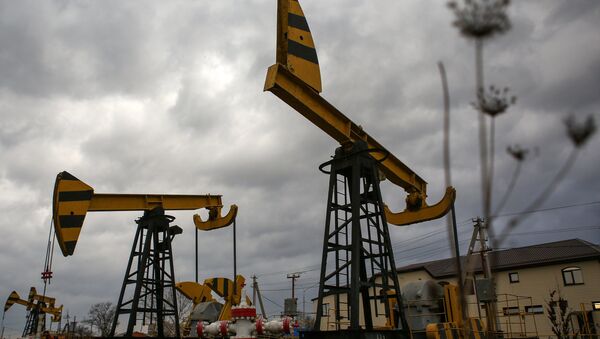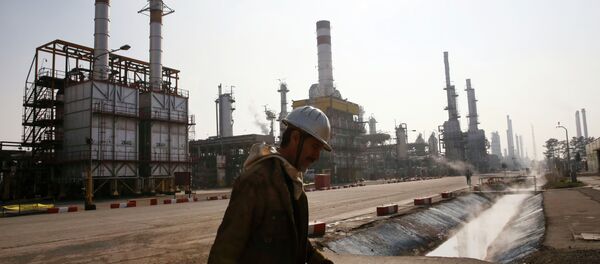However, whilst persistently low oil prices are pressuring US shale small-caps, the global crude giants like Exxon, Chevron, BP, Shell and Total are poised to buyout a significant share in the North American market, allowing them to improve their commercial performance.
The entire situation in the global oil trade is determined by these oppositely directed trends concerning crude prices, while the Obama administration’s decision to axe the Keystone XL pipeline project yields some ill stability to the market.
On Thursday, oil prices settled at just above $46/bbl after several days of gradual decline. The coming winter season provides a higher demand for petrol and other fuels and oil-based lubricants.
Whether the two tendencies will equal each other is yet to determined, but the fact of the matter is the international oversupply of oil is still here amidst a sluggish growth in most economies.
In the US, the Obama administration last week axed the Keystone XL pipeline project, which would deliver oil from the Canadian Alberta to refineries in Texas at transportation expenses thrice cheaper than those now.
The move thus prevented further depreciation of oil. Meanwhile, as shale small-caps are still under pressure of low prices, the world’s six biggest energy enterprises have accumulated roughly $500 bln, intending to buyout large portions of the yet decentralized US crude supply.
Exxon Mobil Corp. was reported to have gathered some $320 bln ready for acquisitions in the short-term. Chevron accumulated some $65 bln in money liquidity and its on stock it is ready to trade in for shale small-caps.
These half-trillion dollars the six petroleum giants are intending to invest in merger deals, expanding their presence in the North American oil production, effectively pushing small-caps off the market and ending the shale revolution, a major factor to blame for the recent collapse of the oil prices.
The struggle between large players for oil market share in North America has been escalating since the crash in prices that impaired commercial performance of the entire energy sector. Though mostly secretive, it suddenly came out on Wednesday, when Anadarko Petroleum Corp. reported it withdrew its bet to acquire Apache Corp., later confirming they indeed have merger targets.
A monopolization oftentimes means a rise in prices. However, amidst the optimistic news from North America, another concern for the energy sector is brewing in Europe.
Iran is intending to restore their market share they held in Europe prior to nuclear-related sanctions imposed in 2012. While Russia and Saudi Arabia are currently dominating the European external oil supply, with the former providing some 2.9 mln bpd, and the latter shipping 900,000 bpd on the average in 2014, Iran is explicitly adamant to supply up to 500,000 bpd at any price, struggling to restore their presence in Europe.
That inevitably means a further drop in price, unless the upward North American trends equal or overrun the negative set of events.
“Iran is going to be looking at marketing fairly aggressively,” David Fyfe, of the Geneva-based Gunvor Group Ltd., said. “They want to reclaim the foothold they previously had.”
Tougher competition in Europe and Asia would hamper any possible increase in crude value. Still, the world’s largest energy enterprises are hardly interested in further drop in prices.
Meanwhile, as supply glut persists, low prices and modest growth have spurred demand for fuel in both Europe and the US. Petrol margins in Europe have increased threefold since only a month ago. The oil importers on the US East Coast also reported a modest rebound.
Mainland China’s slowdown, however, is still weighing on the entire commodity market, while a possible Japanese recession adds concern. So far, Brent crude is still trading 3% lower this week.






